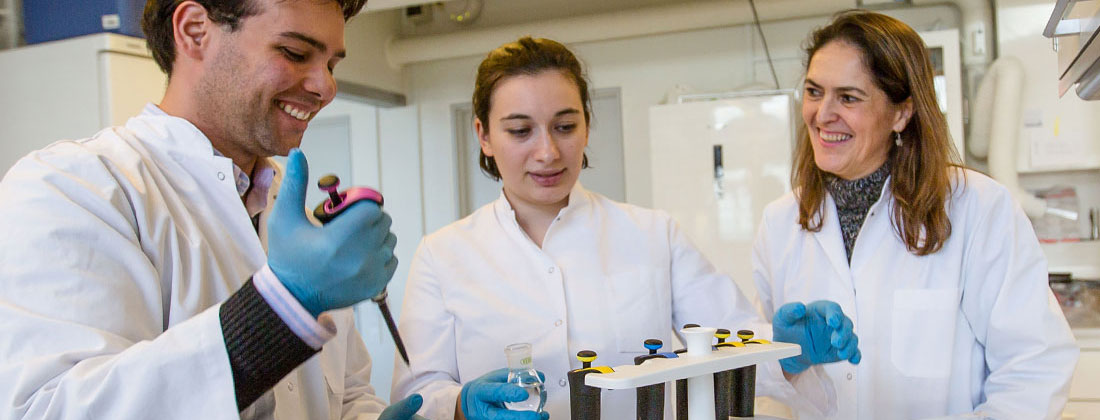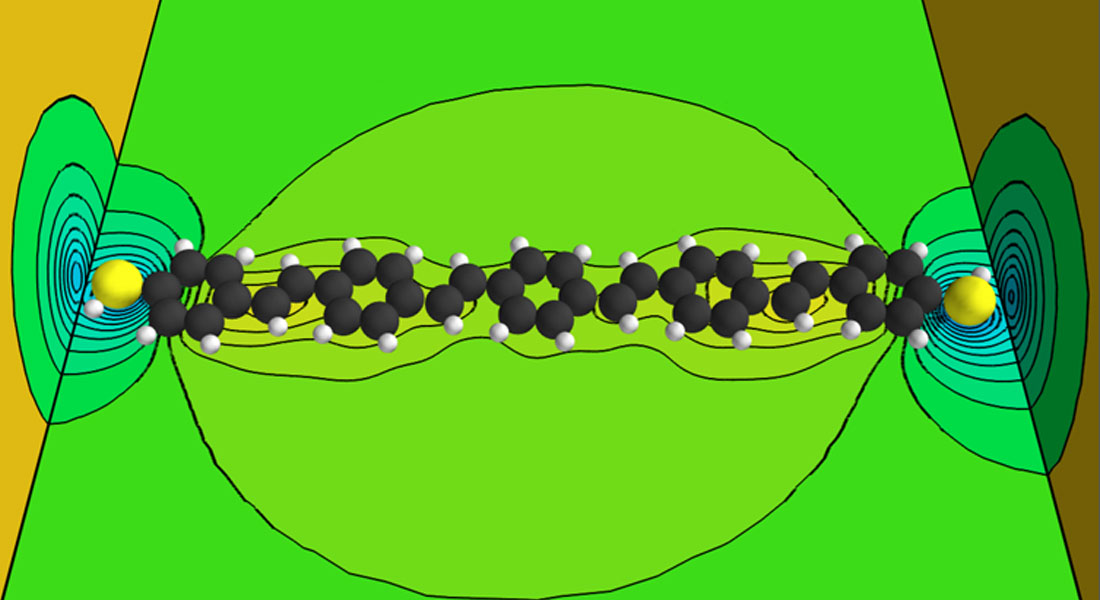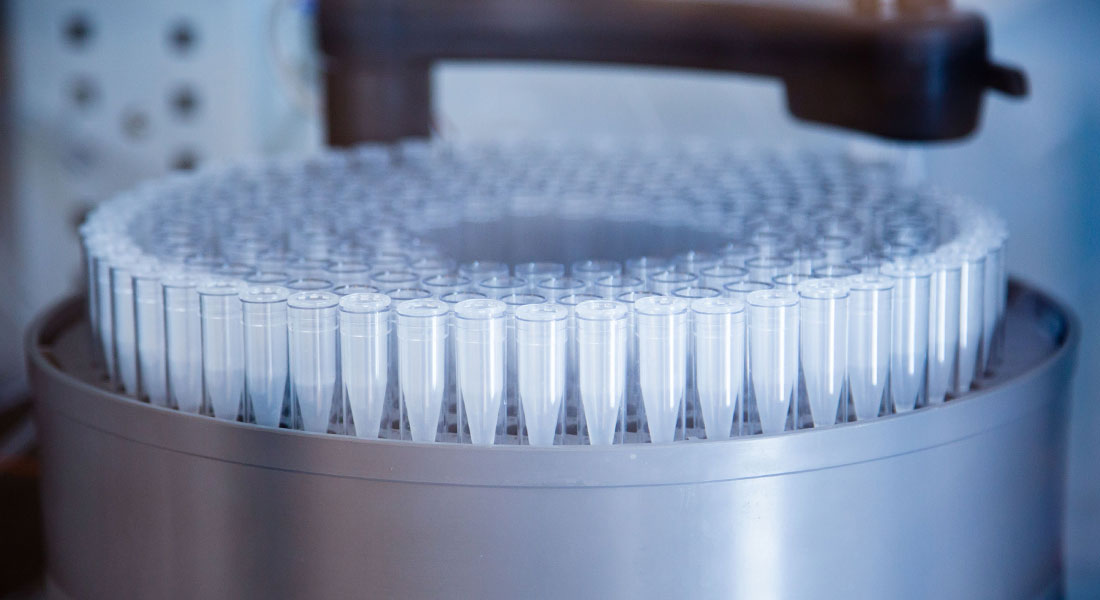Røntgen og Neutronspredning
Vores forskning er tæt knyttet til brugen af store forskningsfaciliteter til fremstilling af neutron- og røntgenstråling. Dette inkluderer den nye synchrotron-røntgenkilde MAX-IV og den kommende neutronkilde ESS, begge placeret i Lund (S). Med disse kilder, og vores tilsvarende laboratorieopstillinger, fx. via CXC, studerer vi en lang række hårde og bløde materialer.
Vores tværfaglige aktiviteter strækker sig fra studier af strukturen af polymerer, over dynamik af hydrogen i komplekse biofysiske systemer, til forståelsen af hvordan kvantemekanikken påvirker egenskaberne af materialer som magneter og superledere.
Vores arbejde kombinerer fremstilling af materialer, eksperimentelle studier med neutroner, røntgen, og andre teknikker, numeriske simulationer, og papir-og-blyant teori. Derudover bidrager vi med konstruktion af instrumenter og software til ESS og MAX-IV.
Røntgen og Neutronspredning er en del af sektionen for Faststoffysik på Niels Bohr Institutet, og tæller omkring 40 forskere (fra professor til PhD), som arbejder tæt sammen med andre sektioner på NBI og andre institutter på KU, med røntgen- og neutronfaciliteter rundt om i verden, og andre internationale partnere.
Gruppen holder fællesmøde hver 3-4 uge. Derudover har de individuelle forskningsgrupper deres egne ugentlige møder.
Røntgen og Neutronspredning har en stolt tradition for undervisning og projektvejledning. Vi underviser i flere grundkurser på Fysik- og Nanoscience-uddannelserne, vi udbyder kurser i biofysik og faststoffysik, og vi underviser tre kandidatkurser og to PhD kurser indenfor røntgen- og neutronteknikker. Hvert år færdiggør vi omkring 25 Bsc og specialeprojekter, de fleste fra Fysik og Nanoscience.
Som studerende på Niels Bohr Instituttet bliver du undervist af forskere. Undervisernes døre står åbne og du kan blive en del af forskningsgrupperne.
Er du interesseret i en uddannelse inden for faststoffysik? Vil du gerne vide mere om uddannelsens indhold, hvordan det er at læse på Niels Bohr Institutet og hvordan du kan ansøge?
Så kig på disse sider:
Forskningen i materialer er en del af et større internationalt samarbejde og omfatter både eksperimentelle og teoretiske metoder.
Bløde materialer
Vi undersøger strukturen af bløde materialer. Et eksempel er kunstige cellemembraner af lipider, et andet polymermaterialer, så som polymersmelter og geler, sammensat af lineære eller forgrenede polymerkæder.

Systemerne studeres med en kombination af røntgen- og neutronteknikker, rheologi og numeriske simuleringer. Vi har her specielt fokus på materialernes dynamik og “self-assembly”.
Vi har også stort fokus på studiet af dynamikken af hydrogen i specifikke polymerer, specielt dem som anvendes til tandfyldninger. Endvidere undersøger vi dynamikken af biologisk bundet vand i levende celler og proteiner.
Magnetisme og superledning
Vi studerer magnetiske materialer, især for at forstå hvilken rolle magnetisme spiller for egenskabene af funktionelle materialer.

Eksempler på dette er:
- a)En vigtig del af vores forskningsprogram handler om at undersøge rollen af magnetisme i de gådefulde høj-temperatur superledere, med en ambition om at forstå mekanismen bag superledning i disse materialer.
- b)“frustrerede” magneter, hvor de magnetiske momenter kan pege mange forskellige veje og energilandskabet derved bliver meget fladt og komplekst, hvilket igen kan føre til helt nye termodynamiske faser;
- c)mange-partikel kvantemekaniske korrelationer (“entanglement”) mellem magnetiske momenter.
Røntgen- og Neutronspredning råder over en række interne faciliteter til forskning i faststof- og biofysik. Yderligere har vi adgang til store internationale faciliteter med synkrotron, røntgen- og neutronteknikker og har væsentlige aktiviteter inden for nyt instrumenteltdesign og udvikling.
De interne instrumenter er placeret i H.C. Ørsted Institutet i laboratorier for magnetisme, for røntgenvidenskab og for biofysiske undersøgelser og prøveforberedelse. Flere af instrumenterne er åbne for brug af eksterne partnere fra såvel universiteter som fra industrien.
De eksternes ansøgning sker i form af fælles projekter.
De vigtigste instrumenter omfatter (på engelsk):
For at se den enkelte forskers publikationer, klik på linket nederst på siden.
For at se alle publikationer Røntgen og Neutronspredningsgruppen >>
|
Kim Lefmann, professor |
|
Maria Batista, Sekretær |
Staff
| Navn | Titel | |
|---|---|---|
| Søg i Navn | Søg i Titel | |
| Als-Nielsen, Jens | Emeritus |
|
| Andersen, Brian Møller | Professor |
|
| Kirkensgaard, Jacob Judas Kain | Lektor |
|
| Krighaar, Kristine Marie Løfgren | Ph.d.-studerende |
|
| Lefmann, Kim | Professor |
|
| Lenander, Emma Ynill | Ph.d.-stipendiat |
|
| Nunes Bordallo, Heloisa | Lektor |
|


